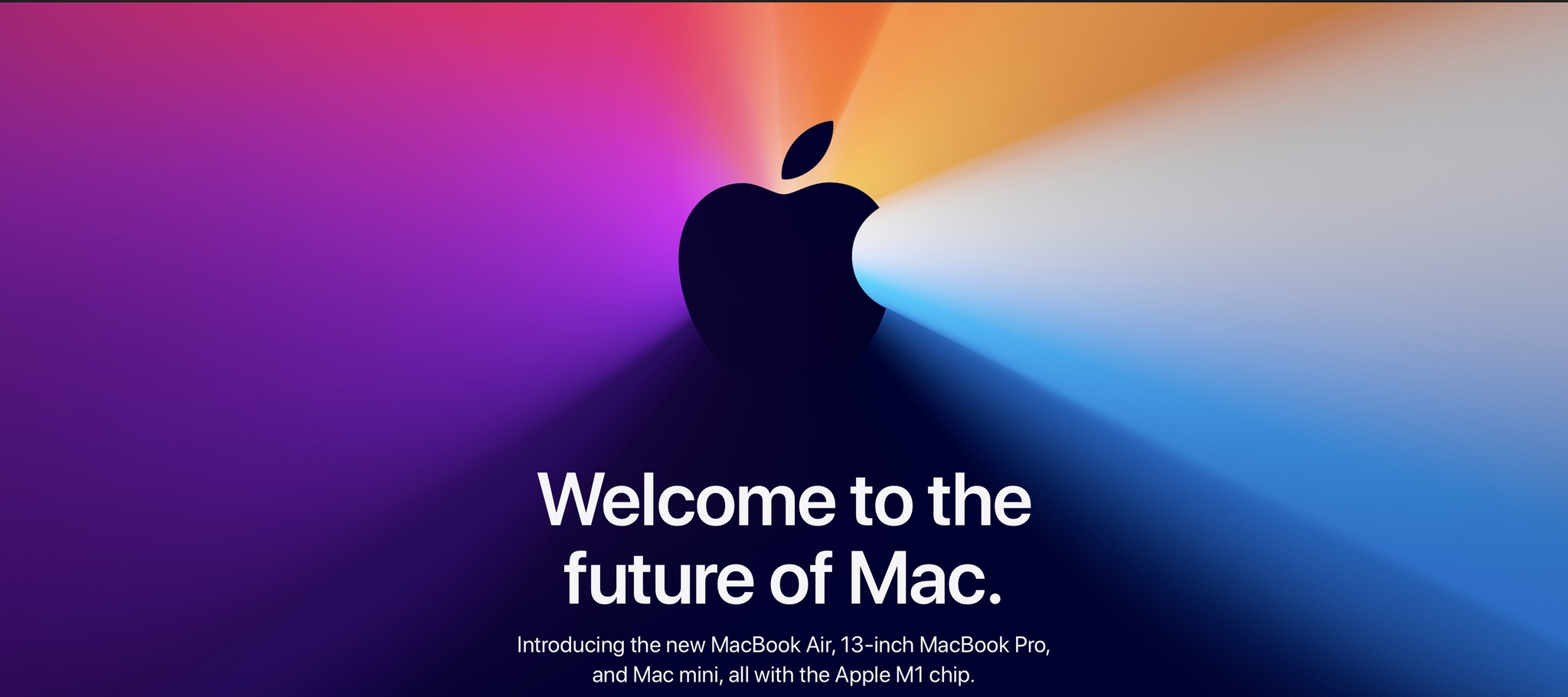Why I'm getting an Apple silicon Mac immediately

Although there are some valid reasons to wait, I've decided to purchase one of the first Apple silicon Macs for regular home use. My new 13-inch MacBook Pro should be arriving next week, and I can't wait to check it out. Here are some of the reasons I decided to take the plunge and why others might want to wait.
It's new!
At the time of this writing, Apple's home page includes the headline, "Welcome to the future of Mac." That future is one where Intel-based Macs have been completely replaced by devices using Apple silicon. That reason alone is why many long-time Mac users have already purchased one of the first three Apple silicon-based devices, the MacBook Air (late 2020), 13-inch MacBook Pro (late 2020), and Mac mini (2020). And yes, even before I heard the specifics about Apple silicon, I knew a new Mac using the technology would soon be joining me in my home.
The possibilities
Besides being Apple's newest shiny toy, there's a huge practical reason I decided to purchase the newest MacBook Pro right now. That reason is the first Apple silicon for Mac, the M1. Without getting too far in the technical weeds, the M1 promises a significant number of cutting-edge advances in personal computing. By deploying one chip that serves as Mac's processor, I/O, security, and memory, the M1 single system on a chip (SoC) hopes to deliver performance, custom technologies, and significant power efficiency. As Apple explains, the M1 "isn't an upgrade. It's a breakthrough."
Among the advances I want to experience first on my new Mac are the faster image processing, snappier video apps, and richer and more detailed games Apple promises. I also want to see just how much more responsive the computer feels. And mostly because I don't yet believe it, I want to see in person a MacBook Pro that lasts 20 hours between charges!

The price
There's another reason I'm jumping on Apple silicon as an early adopter: price. The new entry-level M1 13-inch MacBook Pro is $500 cheaper than the least expensive Intel-based 13-inch MacBook Pro that remains on the market. I realize this isn't an apples-to-oranges comparison because storage sizes and other components differ. And yet, if you believe Apple's hype, the M1 is going to blow away the competition regardless. I want a front seat to the action.
Need the keyboard
My final reason to purchase one of the first Apple silicon Macs has zero to do with the SoC processor. Instead, I'm tired of using the heavily flawed butterfly keyboard that sits inside my 2018 MacBook Pro. It's time for me to switch to the Magic Keyboard and not look back.
A few reasons to wait
I have no reservations about jumping on board the Apple silicon express so early in its life cycle. And yet, I'm also aware there are a few things I'm giving up by not waiting. It might only take one of these issues to convince you to wait, however.
First, the Mac that I'm replacing is a 15-inch model and had Apple announced a 16-inch M1 MacBook Pro this week, that would have been the one I had purchased. That didn't happen. No doubt, I'm going miss the extra two inches when my 13-inch model arrives, although I believe what's inside will make up for it.
The storage limit found on the M1 13-inch MacBook Pro is another factor some won't be able to sidestep. You can only get a maximum of 2TB of SSD storage on the newest model versus 4TB on the Intel-based version. There's also the reality that the M1 MacBook Pro only supports 16GB of RAM at this time versus 32GB on the Intel version.
Apple has been mum on why these limits are in place. Perhaps, there are technical reasons for the differences, or maybe it simply wants to keep a distance between M1 and Intel, at least for now. Regardless, the storage difference specifically could be enough of a reason for some to delay a switch.
Finally, it's important to recognize the great unknown that comes with any new technology. There were growing pains when Apple went from PowerPC to Intel for Macs, and I would expect hiccups as Apple moves from Intel to its own custom silicon. Some users, such as myself, won't mind the occasional problem that pops up with the M1 system-on-a-chip. Others might not have the time or desire to accept the possible headaches.
It's your choice
No doubt, Apple will release new M1-based Macs in the coming months, including the first iMac to include the new architecture. Whether you decide to switch to Apple silicon now or later once the technology matures is a personal choice without a wrong answer. I've decided to make a purchase now and have zero doubt the M1 13-inch MacBook Pro will soon make our list of the best MacBooks of the year.
Stay tuned to hear about my early thoughts on Apple silicon in the coming weeks.
Are you making the switch? Let us know in the comments below, and thanks for reading!
Master your iPhone in minutes
iMore offers spot-on advice and guidance from our team of experts, with decades of Apple device experience to lean on. Learn more with iMore!

Bryan M. Wolfe has written about technology for over a decade on various websites, including TechRadar, AppAdvice, and many more. Before this, he worked in the technology field across different industries, including healthcare and education. He’s currently iMore’s lead on all things Mac and macOS, although he also loves covering iPhone, iPad, and Apple Watch. Bryan enjoys watching his favorite sports teams, traveling, and driving around his teenage daughter to her latest stage show, audition, or school event in his spare time. He also keeps busy walking his black and white cocker spaniel, Izzy, and trying new coffees and liquid grapes.
